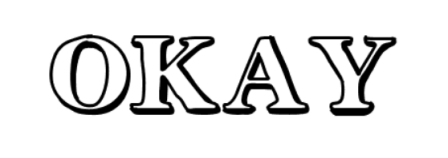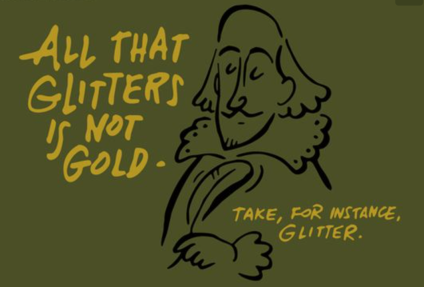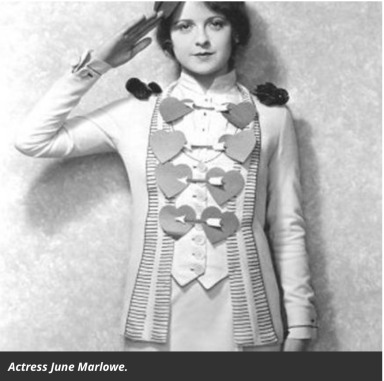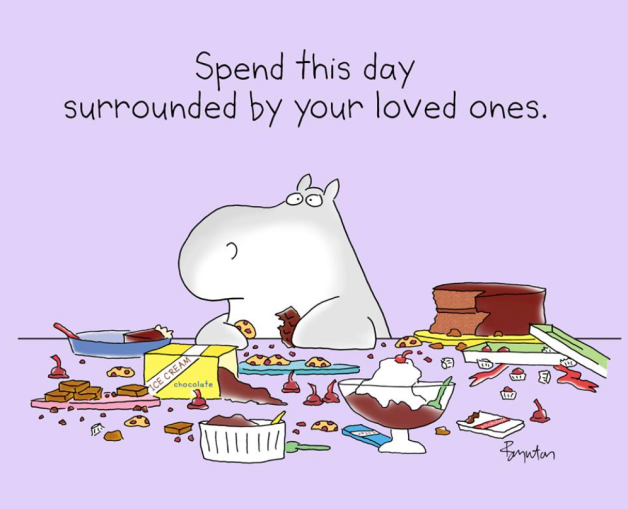Report #7 – For this week’s post I have decided to interview two people, Toni and Lewis. Each of whom come from the south where figures of speech are used as part of the dialect. By doing these interviews I want to discover new expressions that I haven’t heard or thought of before, and for the next post I’ll research the origin.
Toni’s Interview:
Q: Do you have a figure of speech or expression that you remember from your childhood? Something that your mother, father, or grandparents said that just resinates with you?
T: “My grandparents were always saying something and I use a lot of the phrases they did. It is so a part of my normal vocabulary still that I don’t think of it that way (as a figure of speech).”
Q: Of the many phrases they said was there one that you grew up believing meant one thing, and then realized you were mistaken?
T: “Not sure about that. The one jumping out at me now is, ‘What goes around, comes around’ and it was used in so many ways, as a threat sometimes, and other times as a truth. It is the most common one that I use with my kids. Another one I still use that I learned from my parents and grandparents is, ‘You’re gonna make your bed and lie in it.'”
Q: So do you think that these “threats” or “truths” are common coming from a southern family? Are figures of speech regularly used for explaining topics or teaching lessons?
T: “Usually they were said in frustration, but yes. One of them that pops out at me is, ‘The pot can’t call the kettle black.’ We used that one a lot when people started talking about somebody in a judgmental way. They would use that expression on us. Sometimes they would refer that to themselves, once they got to realizing what they had been saying. They caught themselves on it.”
I finished hearing her wonderful stories of all the southern things her family said and did, and still say and do. In the end I told her I would find out where these figures of speech originated truly.
Lewis’ Interview:
Q: Do you have a figure of speech or expression that you remember from your childhood? Something that your mother, father, or grandparents said that just resinates with you?
L: “Yes, my grandfather would say that somebody, ‘vibrated on the same kilocycle’ as someone else. I inferred from the way he said it and who he was talking about, that it meant the two people agreed with each other, they saw things the same way. They had the same values. I heard it more recently said as, ‘They are kindred spirits.'”
Q: Of the many phrases your grandfather said, was there one that you grew up believing meant one thing then realized you were mistaken?
L: “When I was very young he used to say, ‘He ain’t got no po-try in his soul.’ He would put-on a thick country accent so I didn’t really understand what he said but people would laugh. I thought he was making a joke and was being a funny character. Later when I learned the word ‘poultry’ and heard my grandfather say the phrase again I remember thinking, ‘Well he is saying people don’t have any chicken in their souls and that doesn’t make any sense.’ I just could not understand my grandfather’s joke.”
Q: Did you ever figure out what your grandfather meant?
L: “It took me until I was really grown before I realized that he was using that country accent to say ‘po-try’ as in ‘poetry’ and that what he meant was, ‘He ain’t got no poetry in his soul.’ My grandfather was describing people who weren’t sensitive, who were, ‘block-heads’, ‘thick as a brick’, as I hear now.”
In the end I told Lewis, like I told Toni I would find out where these figures of speech truly originated.
 shown to the right. This image is associated with coming from the 70’s as a motivational poster. Again, this isn’t the origin, or the “who said or wrote it first” story I try to find. However, it is the only story that comes up when I continue the research for the origination history.
shown to the right. This image is associated with coming from the 70’s as a motivational poster. Again, this isn’t the origin, or the “who said or wrote it first” story I try to find. However, it is the only story that comes up when I continue the research for the origination history. we have any. Who came up with these expressions though? When I think of “hang in there” I think of a monkey or a sloth. They are known to be the ‘hanging in there’ types of animals. I don’t automatically think, “Yeah I just have to hang in there. Thats how I will do it.” Then I just picture myself as a sloth or monkey, just hanging.
we have any. Who came up with these expressions though? When I think of “hang in there” I think of a monkey or a sloth. They are known to be the ‘hanging in there’ types of animals. I don’t automatically think, “Yeah I just have to hang in there. Thats how I will do it.” Then I just picture myself as a sloth or monkey, just hanging.
 tendency to turn black with hard use. Collecting oils, food residue, and smoke from open fires in a kitchen, the cast iron pots and kettles would have become stained with black smoke. Both are the color black, so by “the pot calling the kettle black” it would be an act of hypocrisy. “It takes one to know one,” advocating a particular blindness to one’s personal characteristics.
tendency to turn black with hard use. Collecting oils, food residue, and smoke from open fires in a kitchen, the cast iron pots and kettles would have become stained with black smoke. Both are the color black, so by “the pot calling the kettle black” it would be an act of hypocrisy. “It takes one to know one,” advocating a particular blindness to one’s personal characteristics.
 American, “O.K.” that expresses acceptance or agreement.
American, “O.K.” that expresses acceptance or agreement. of Venice, 1596. In the original editions where the phrase was written, Shakespeare wrote “glisters” then later in a misprint “glitters” was printed. The change was only accepted because the two words mean the same thing.
of Venice, 1596. In the original editions where the phrase was written, Shakespeare wrote “glisters” then later in a misprint “glitters” was printed. The change was only accepted because the two words mean the same thing. any of these writers thought up the idea, but it’s an idea and expression that will never dull.
any of these writers thought up the idea, but it’s an idea and expression that will never dull. explanation is more literal, suggesting shiny appearances can be deceiving. Things that
explanation is more literal, suggesting shiny appearances can be deceiving. Things that
 The first found documentation of the expression was by
The first found documentation of the expression was by 